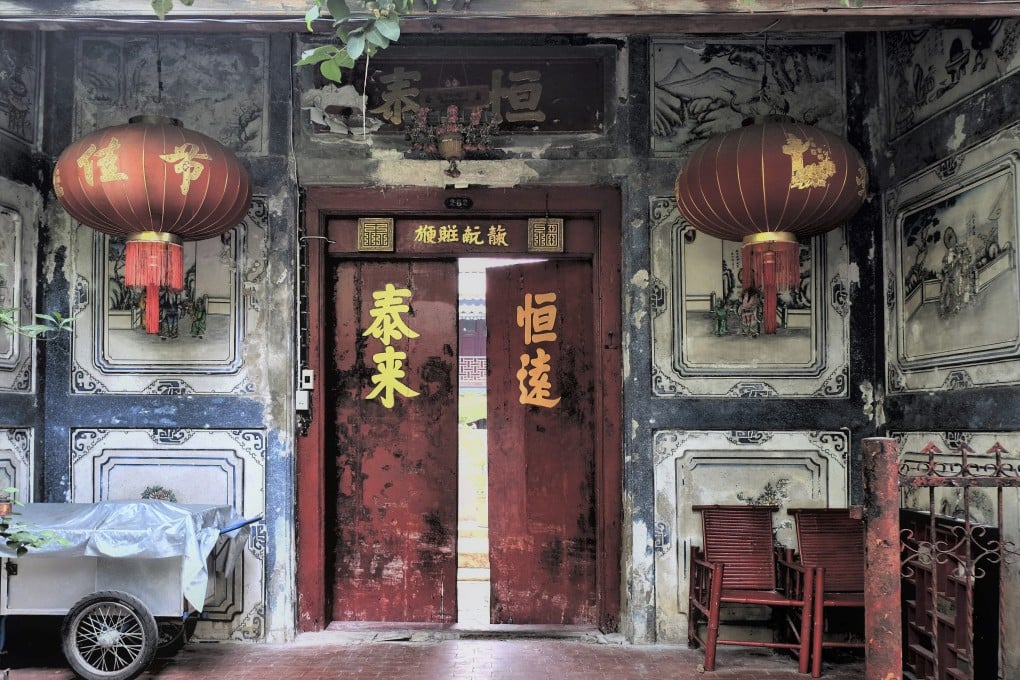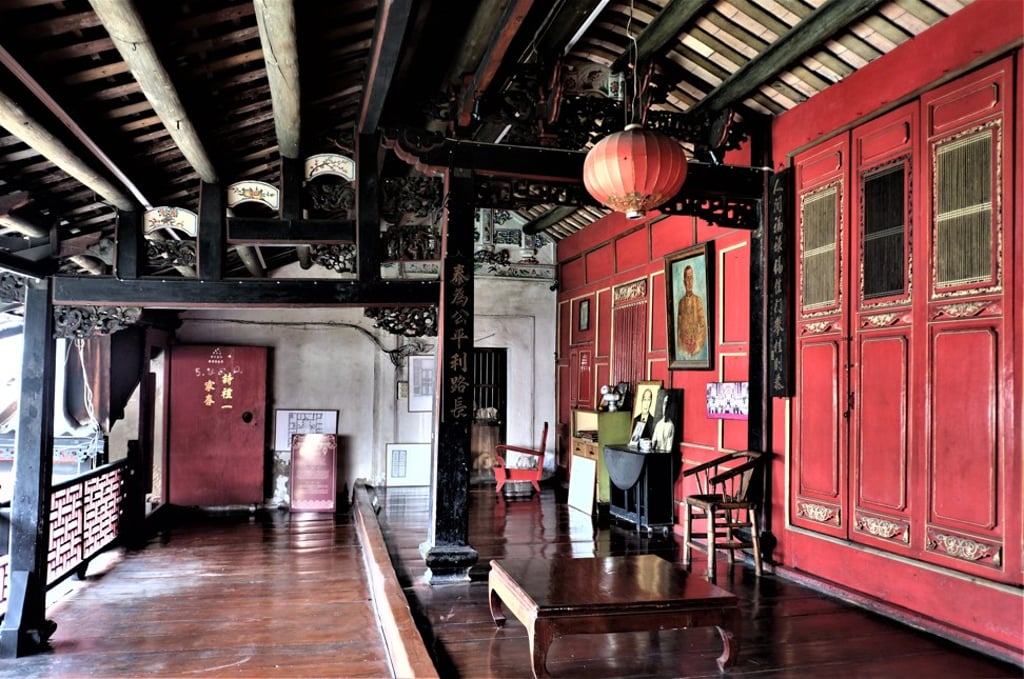Bangkok mansion, city’s oldest private residence, still owned by family that built it 200 years ago, who say ‘Selling it would be like selling out’
- The roof leaks, floorboards are loose and pillars cracked in the 19th century Hokkien-style house that’s been in the Posayachinda family for eight generations
- To the Sino-Thai family their riverside home is a burden but also a privilege. They turned down US$64 million for it, despite lacking the funds to renovate it

The Posayachinda family will not sell their old house. Not even for a vast sum, although it has fallen into disrepair and they cannot afford to renovate it.
The Sino-Thai family’s spacious ancestral home in a quaint riverside neighbourhood of Bangkok is a photogenic edifice in the Hokkien style with Thai elements.
Made of teak wood and brick, the house is called the So Heng Tai Mansion after the family’s progenitor, who migrated to the kingdom of Siam from Fujian province in southern China two centuries ago. The itinerant merchant struck it rich and built a grand home in Bangkok on the Chao Phraya River sometime in the early 19th century.
Although its exact age is unknown, the family believe their house is the city’s oldest private residence. Recently a Chinese-Thai tycoon offered 2 billion baht (US$64 million) for it, they say. The windfall from the sale would have made Duangtawan Posayachinda, a 76-year-old widow, and her three children enviably wealthy. They turned the offer down.

“It’s a lot of money. We could have split it four ways,” says Poosak Posayachinda, 55, the oldest son, who is the custodian of the house, where he shares a room with his wife and 12-year-old son. “For 100 million baht we could build a replica of our house someplace else. But selling it would be like selling out,” he says. “I am the eighth generation in my family living here. I was born and raised in this house. It’s my heritage.”
His family’s inheritance occupies a 1,600 square metre (17,222 sq ft) plot of land set back from the river in the historic district of Talat Noi (“Little Market”). The walled compound opens into an alleyway via a double-paned crimson door, like that of a Chinese shrine, flanked by ornamental lanterns.